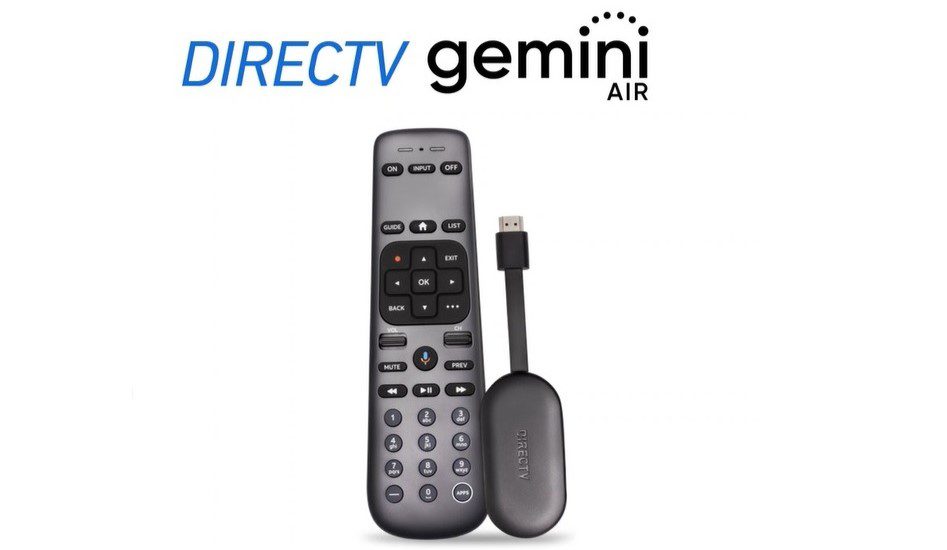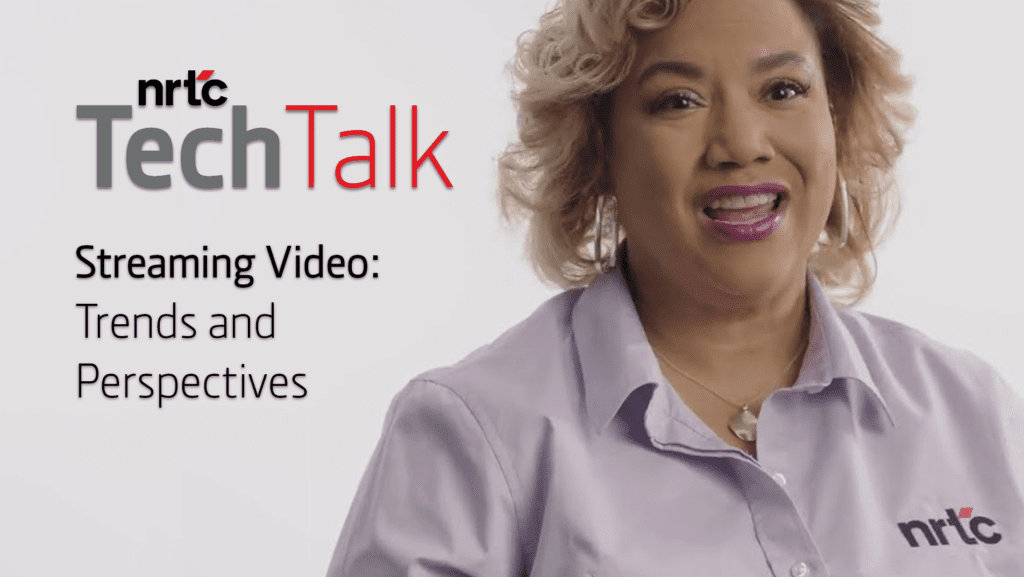Big Streamers Are Draining Rural Broadband Network Capacity
Randy Sukow
|

Most of the rural broadband focus today is on reaching those communities that are not yet connected. But established rural providers are facing a challenge of their own – the skyrocketing demand for internet capacity brought on by streaming video services. Some providers worry that they will not be able to supply enough capacity for Netflix, YouTube, Disney+ and other “big streamers” along with capacity for distance learning, telehealth and small business needs in their communities.
“We analyzed data and we were seeing that 75 percent going across our network was from streaming companies that are extremely profitable, yet the cost of the delivery of their content is borne by the service providers,” said NRTC Board Vice Chairman Jimmy Todd, CEO and GM of Nex-Tech in Lenora, KS, during a Fiber Broadband Association webinar this morning. “Considering revenues for streaming services using our network, we’ve been able to quantify that for every dollar earned by the big streaming companies, we were investing 48 cents into the network they were using.”

Todd cited USTelecom research confirming that streaming video providers occupy between 50 and 75 percent of broadband network capacity nationwide.
In 2017, Todd said, Nex-Tech started a three-year, $20 million project to upgrade the capacity on it broadband service from 10 Gbps to 100 Gbps. “We finished that up and here we are a year later and, unfortunately, we’re already anticipating that the next phase of upgrades are probably only three years away,” Todd said.
In addition to streaming services, Nex-Tech also offers subscribers linear video through IPTV service, although he says that the IPTV is dropping in popularity. “We have probably lost a third of our video subscribers over the years,” he said, as streaming popularity goes rises.
Todd is backing legislation to treat the problem. The Rural Broadband Network Advancement Act (PDF), introduced in 2019, would require video streaming services to pay a “network user fee on an equitable and nondiscriminatory basis to advance and sustain broadband-capable networks and broadband internet service in high-cost rural areas.” He anticipates reintroduction of the bill in the new Congress.
Already introduced earlier this year, H.R. 1650 would require the FCC to conduct a study measuring the burdens that streaming video and other edge providers place on rural broadband networks.


